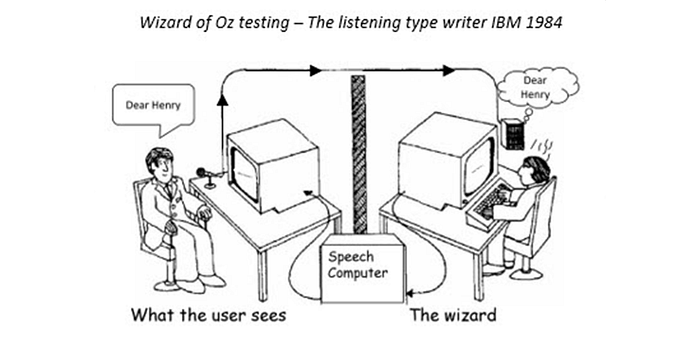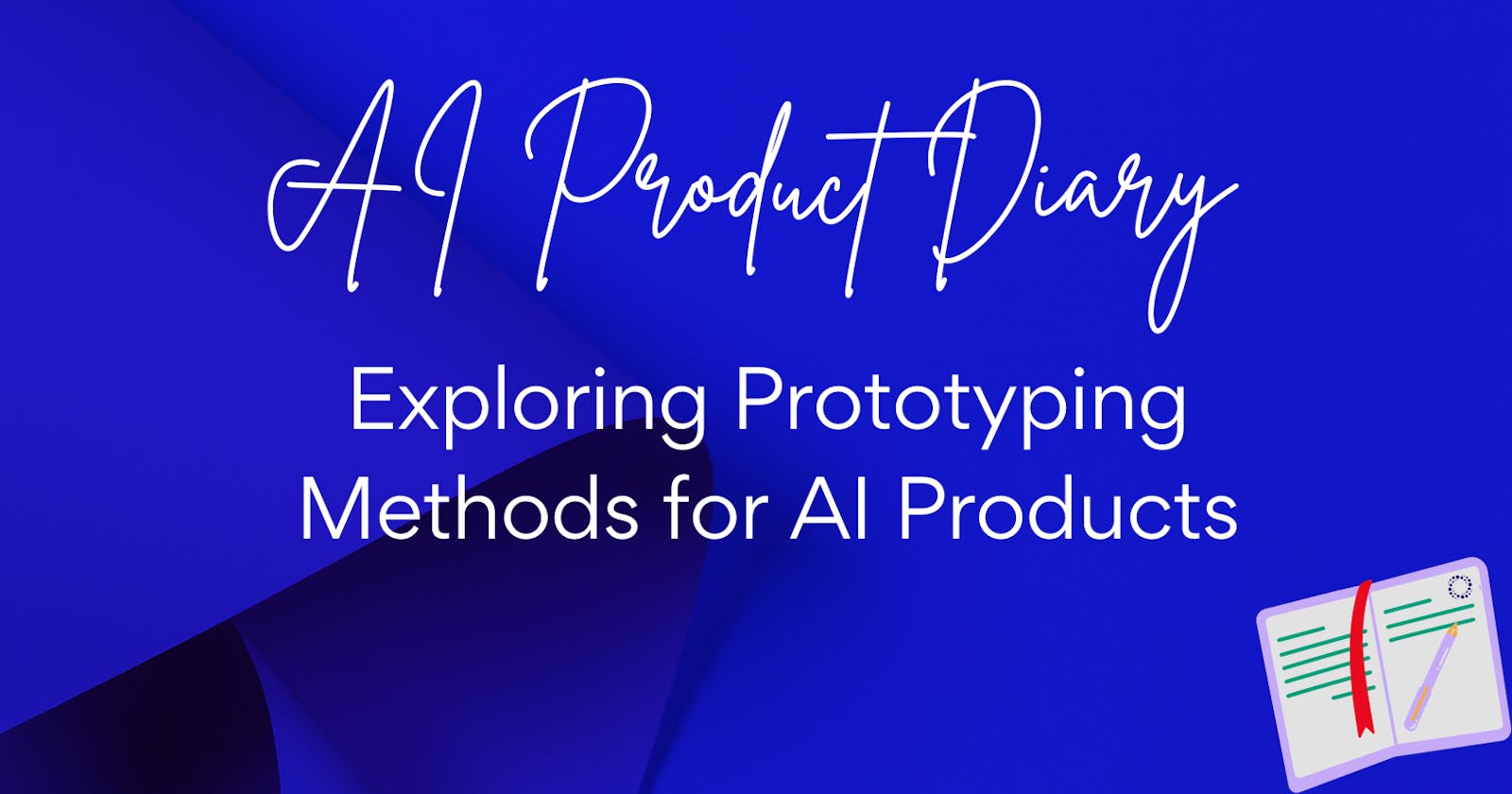Exploring Prototyping Methods for AI Products: From Wireframes to Functional Models
Prototyping is crucial in developing AI products, allowing for iterative testing, refining, and gathering user feedback.
When it comes to AI, prototyping involves not only the user interface but also the underlying intelligence.
In this article, we will delve into various prototyping methods specifically tailored for AI products. From low-fidelity wireframes to functional models, these techniques enable rapid experimentation, validation, and refinement of AI-driven ideas.
Let’s take a look:
Wireframes and Mockups
Photo by Kelly Sikkema on Unsplash
Wireframes and mockups serve as the starting point for prototyping AI products. These low-fidelity visual representations help map out the product’s structure and layout without focusing on the AI functionality. Through tools like Balsamiq or Figma, designers can create intuitive user interfaces, gather early feedback on user experience, and iterate quickly.
Wizard of Oz Prototyping

Composing letters with a simulated listening typewriter
The Wizard of Oz method is a clever approach for testing AI interactions without needing a fully automated system. It involves simulating the behaviour of an AI using humans behind the scenes. This technique allows developers to refine the user experience, gather feedback, and fine-tune the product’s functionalities before investing in the actual AI implementation.
Functional Prototypes
Photo by freestocks on Unsplash
Functional prototypes involve building a simplified version of the AI product with limited functionality. Developers can develop basic AI models or leverage pre-trained models to showcase core features and capabilities. These prototypes enable validation of the product concept, collection of user feedback, and assessment of the AI-driven functionalities.
Minimum Viable Product (MVP)
Photo by Balázs Kétyi on Unsplash
An MVP is an early version of the AI product that provides enough functionality to satisfy early adopters. Incorporating basic AI capabilities, such as a chatbot or recommendation system, an AI MVP allows real-world testing and user feedback collection while minimizing development efforts. This approach validates the product’s value proposition and helps guide further iterations.
Simulations and Emulations
Photo by Markus Spiske on Unsplash
For AI products involving complex systems or environments, simulations and emulations are valuable prototyping methods. Developers create virtual simulations that mimic the behaviour and interactions of real-world components. This allows thorough testing and refinement of AI algorithms and models in controlled settings before deploying them in the actual environment.
Rapid Experimentation Frameworks
Photo by charlesdeluvio on Unsplash
Rapid experimentation frameworks, such as Ludwig, Keras, or TensorFlow, provide tools and libraries that facilitate quick experimentation with AI models. These frameworks allow developers to rapidly iterate on model architectures, hyperparameters, and data preprocessing techniques. By experimenting with different configurations, prototyping and refining AI models becomes more efficient.
A/B Testing
Photo by UX Indonesia on Unsplash
A/B testing is a method commonly used in AI product development. It involves comparing different variations of the product to determine which one performs better based on user engagement or relevant metrics. Randomly assigning users to different variations allows for data-driven decision-making and iterative improvement of both the product design and AI implementation.
Conclusion
Prototyping methods tailored for AI products empower developers and designers to iterate, validate, and refine their ideas. From wireframes and mockups to functional prototypes and simulations, these techniques allow for rapid experimentation, user feedback collection, and iterative refinement. By leveraging these prototyping methods, AI product development becomes more efficient, helping to build impactful and user-centred AI solutions.
